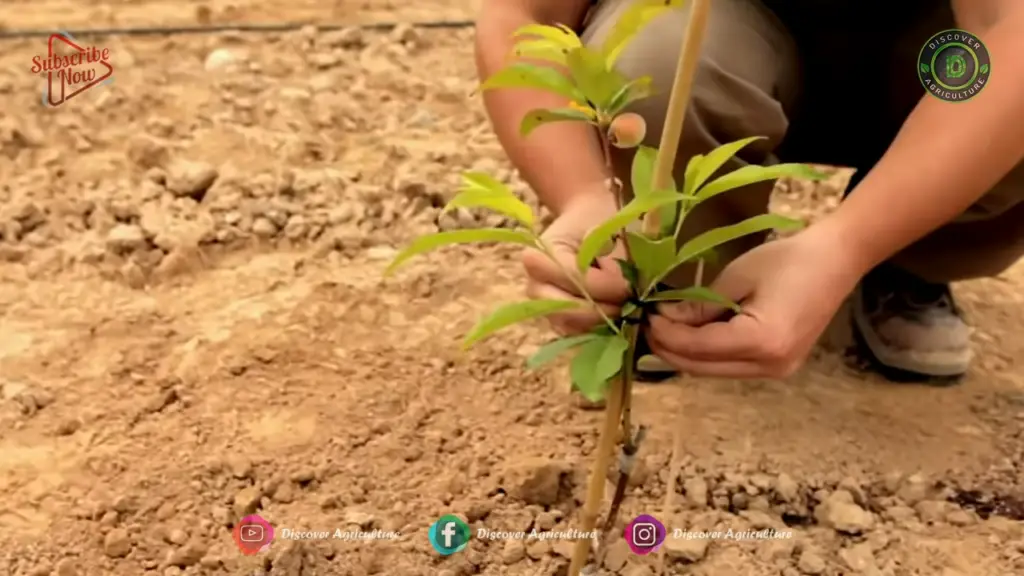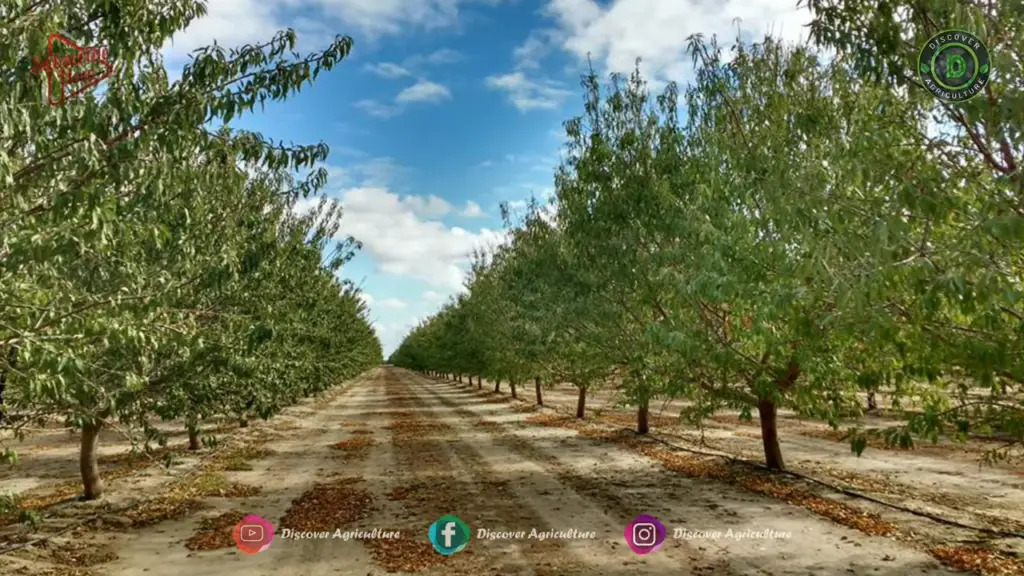Almond/Badam/Pista
Almond, one of the most popular dry fruits, having energy boosting properties is grown worldwide, but mostly in the south and middle east part of Asia. And California almonds are very popular all over the world.
Generally, Almonds are mostly grown in America and exported all around the globe. Almonds are also grown in colder hilly zones of India like Jammu and Kashmir, Himachal Pradesh, Uttarakhand, Kerala, and Andhra Pradesh. The almond tree or plant resembles the fruit tree or plant of peach, apricot, plums etcetera.
Where are Most Almonds grown?
While almonds are grown in 7 other countries, such as Spain, Italy, and Australia, about 80% of the world’s supply comes from California. That makes the nut California’s second largest crop and their number one agricultural export.
Varieties of Almonds
Dry Temperature Region Varieties; Ni Plus Ultra, Texas, and Thinshald.
High and Middle Mountainous Region Varieties; Nikitskai, Non-Peril, ISL, Merced, and White Brandis.
How to plant Almonds?
Almonds are grown with Biju and Grafting techniques. Significantly, almond, peach, and plum seeds are used as grafting stalks for grafting their plants.
For transplanting, one should have an almond seed or a one-year-old plant whose roots are healthy and leafless. Start by putting cow dung and earthworm manure in the pits prepared in the field. November and December months are considered right for planting. Prepare a 1 by 1 by 1-meter pit before transplanting. And the distance between plants should be near 6 meters and the row-to-row distance should be 7 meters. For good pollination, 5 to 7 cans of bees should be kept per hectare of land.

Irrigation and Water Requirements
In the winter season, Irrigation should be done at an interval of 20-30 days. During summer, trees should be irrigated regularly at an interval of 10 days. One more thing to be noted is that during summer days’ regular irrigation is needed for fruit-bearing plants, as it eliminates the problem of unripe fruits falling. Along with this, straw, leaves, or other organic materials should be used on the soil around the almond trees for reducing weeds around the tree.
Almond Fruit Harvesting
Almond trees start bearing fruits for the third year after the transplantation. And after 6-7 years, the tree starts giving more yield. After 8 months of flowering, almonds are ready to be harvested. At that time, the peel of almond pods turns green to yellow. Almonds can be harvested with the help of poles.
How long does it take Almonds to grow?
Almond farming is a long-term commitment. Orchards generally produce for 25 years, yielding their first crop three years after planting.
Soil and its Preparation for Almond Plantation
Almonds grow in a wide range of soils and the ideal PH range of soil is 7.0-8.5. Almond cultivation is best suitable for loamy, deep, and well-drained soils. Almond trees do not thrive well in heavy or poorly drained soils but can be grown in average soils supplemented with Farm Yard Manure and with regular assured irrigation.
Integrated Almonds Farming
During the almond orchard pre-bearing stage, inter-cultivation with several suitable crops is recommended for some extra income through sustainable utilization of interspaces. The best intercrops in almond farming are saffron, pea, pulses, carrot, seed production of turnip, mustard and bulb production of onion and garlic, and aromatic plants and medicinal plants like lavender. Besides getting some extra income, the growing of legumes like pulses and pea will increase the soil fertility, turnips seed production and mustard augmenting pollination by attracting bees, and growing some medicinal and aromatic trees like garlic, lavender, etc are acting as a repellent to ant pests, insects and diseases.

Is Almond Farming Profitable?
It is not difficult to grow almond trees and harvest their nuts as long as you have the right kind of climate and are armed with a few critical growing tips. Almond farming is a profitable business in India and other countries. According to an industry report on almonds, the average yield will often range anywhere from 1,400 to 2,600 pounds per acre and will offer around $0.90 to $2.10 per pound.
Health Benefits of Almonds
Almonds are the most nutritious and healthiest nuts of all, considered a well-balanced cholesterol-free food. Almonds are rich in valuable nutrients for your body, like magnesium, vitamin E, and dietary fiber. A single serving of almonds makes for a nutritious and filling snack. Almonds have calcium and phosphorus, which improve bone health and can protect you from fractures. Additionally, Almonds reduce heart attack risk, provide healthy fats and may aid in weight loss, and provide good brain function.
Almond nuts Growing Tips
The best climate for growing almonds is warm and dry summers and mild wet winters. Prefer well-drained soil with a pH value of 7.0
You can expect the Almonds tree to bear fruit after 5 years of planting, however, it takes 10 to 12 years to reach the full nut-producing stage.
The best time to harvest almonds is when about 90 to 95% of the nuts have hulls that have split open.
The lifespan of the almond tree is about 30 years. However, expect a peak yield at 15 years.
The USA and Mediterranean countries are the best bet for growing almonds.
If you have enough space in the backyard, you can try growing almond trees.
Also View: Honey Production Business | Honey Bee Keeping/Farming in Agriculture




